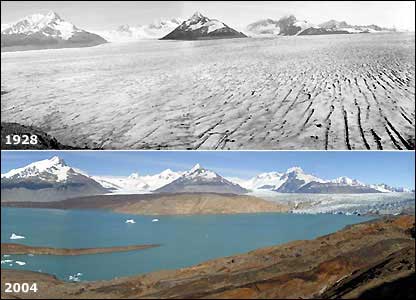In this final post for this module, I would like to highlight my problems and experiences in writing essays and how this module has made me improve my English skills.
One of the main problems I face in my university classes is writing essays. Though I may know extensively about the topic, I face difficulty when it comes down to putting all the points together and organising my essay. Also, I find it difficult to start an essay and I end up spending more than half of my time pondering about it. Another problem I face is vocabulary. Since my vocabulary is not so good, I have a hard time expressing my right thoughts in the essay.
The module EG1471 has given me an opportunity to learn many new skills in English. Firstly, I learnt what academic writing was about and how to write a proper argumentative essay. I now know how to go about an essay and the steps involved in its writing. Secondly, through this module, I was able to sharpen my grammar skills and also learn new words.
One of the major improvements I can see in myself is that I can now write essays confidently and efficiently, without thinking about what I have to do next. This is mainly due to the training from my tutor and the two writing assignments which we were asked to write. Moreover, I have improved my ability to find grammatical errors in sentences through this module; thanks to the numerous text editing passages my tutor gave for practice.
The most important aspect of learning a language is continuing to improve on it. In this context, I think the best way to keep improving myself, would be to maintain blogs as this would not only help me improve me English, but would also make me think about the post I’m writing about. Furthermore, I will continue reading more books, journals and newspapers to improve upon my language. Lastly, I would like to thank Ms.Khoo in helping me through this module and my essays. I found this module very interesting and helpful.

